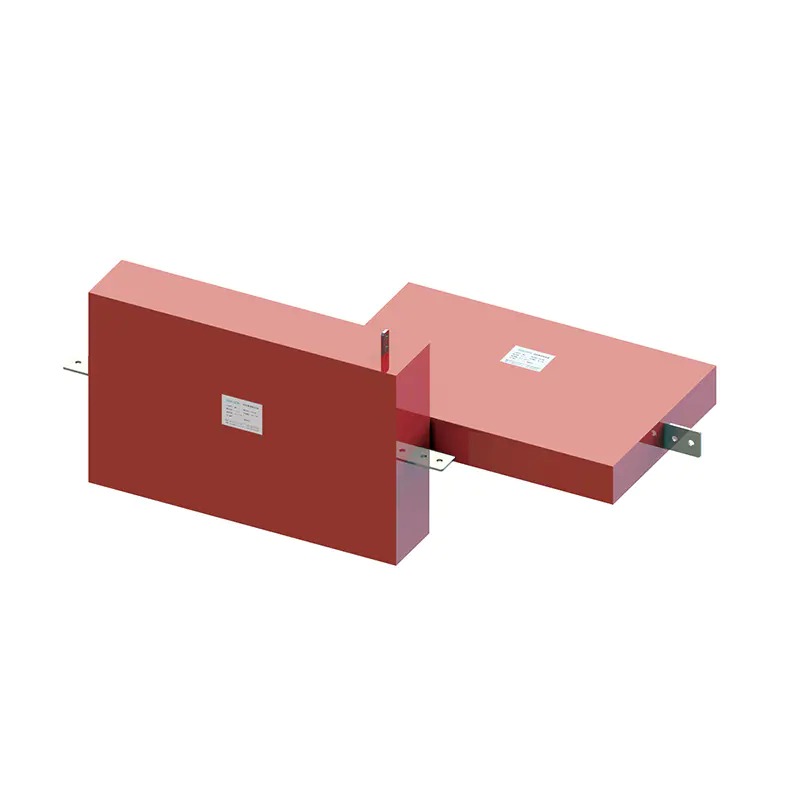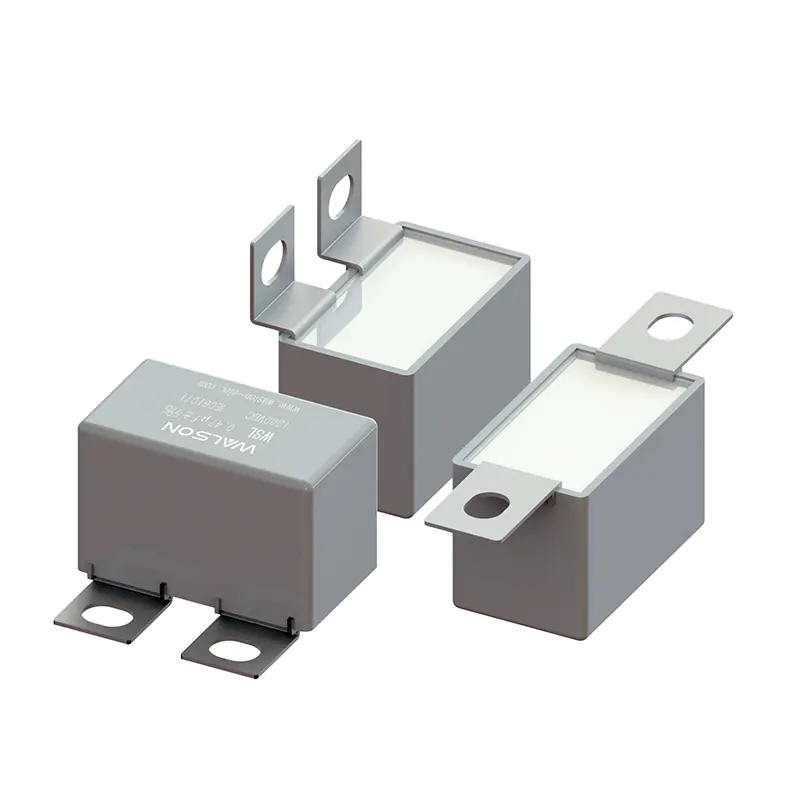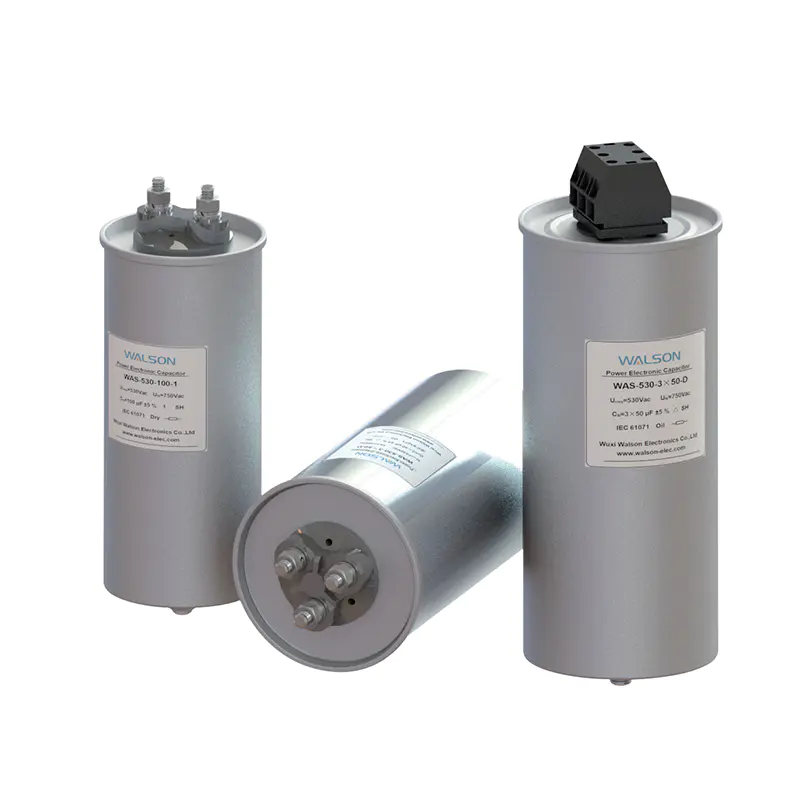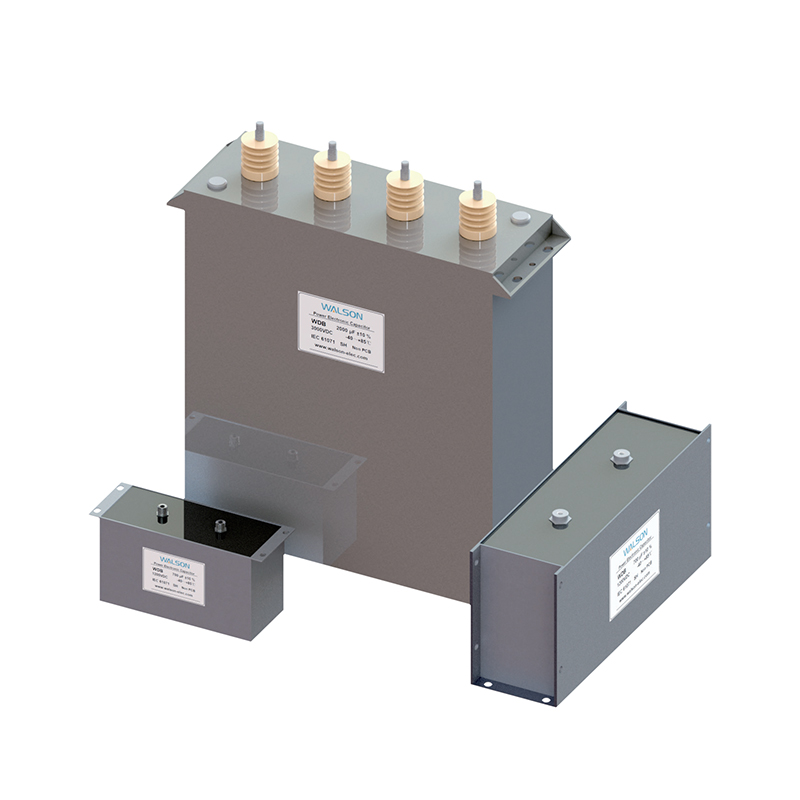- Home
- Products
- Applications
- Capacitors for Household Appliances
- Capacitors for Power Supply
- Capacitors for LED Lighting
- Capacitors for Mobile And DSL Appliances
- Capacitors for Automotive& Vehicles
- Capacitors for Photovoltaic Inverters
- Capacitors for Wind Power Plants
- Capacitors for Renewable Energy Systems
- Capacitors for Induction Heating
- Capacitors for Medical Equipments
- Capacitors for Industrial Control
- Capacitors for Power Electric
- Capacitors for Rail Transit
- Capacitors for Smart Grid
- Capacitors for University & Research Instituite (High Energy Physics)
- About Us
- News
- Contact Us
-
- Capacitors for Household Appliances
- Capacitors for Power Supply
- Capacitors for LED Lighting
- Capacitors for Mobile And DSL Appliances
- Capacitors for Automotive& Vehicles
- Capacitors for Photovoltaic Inverters
- Capacitors for Wind Power Plants
- Capacitors for Renewable Energy Systems
- Capacitors for Induction Heating
- Capacitors for Medical Equipments
- Capacitors for Industrial Control
- Capacitors for Power Electric
- Capacitors for Rail Transit
- Capacitors for Smart Grid
- Capacitors for University & Research Instituite (High Energy Physics)
Web Menu
- Home
- Products
- Applications
- Capacitors for Household Appliances
- Capacitors for Power Supply
- Capacitors for LED Lighting
- Capacitors for Mobile And DSL Appliances
- Capacitors for Automotive& Vehicles
- Capacitors for Photovoltaic Inverters
- Capacitors for Wind Power Plants
- Capacitors for Renewable Energy Systems
- Capacitors for Induction Heating
- Capacitors for Medical Equipments
- Capacitors for Industrial Control
- Capacitors for Power Electric
- Capacitors for Rail Transit
- Capacitors for Smart Grid
- Capacitors for University & Research Instituite (High Energy Physics)
- About Us
- News
- Contact Us
Product Search
Exit Menu
How does WPH seires High Voltage Pulse Capacitor improve performance through vacuum impregnation and packaging?

How does WPH seires High Voltage Pulse Capacitor improve performance through vacuum impregnation and packaging?
The core of WPH seires high voltage pulse capacitor is formed by metallized electrodes and dielectric films through a specific winding method, and there are a large number of tiny gaps and holes inside. When untreated, these spaces are filled with air and moisture. As a poor conductor of electricity, the presence of air inside the core will significantly reduce the insulation strength of the capacitor. When the capacitor is subjected to high-voltage pulses, the air gap is prone to cause partial discharge, which not only interferes with the normal operation of the capacitor, but also accelerates the aging of the insulating material, seriously affecting its overall performance and service life. The harm of moisture is even more serious. Water molecules will directly destroy the insulating structure of the dielectric, and react chemically with the metal electrode, causing electrode corrosion, greatly reducing the reliability of the capacitor. Therefore, completely removing the air and moisture inside the core is the primary task to improve the performance of the capacitor, and the application of a vacuum environment provides an effective way to solve this problem.
After the core is placed in a vacuum environment, the air and moisture inside escape quickly driven by the pressure difference. The vacuum environment breaks the pressure balance between the inside and outside of the core, causing the air and moisture originally bound in the tiny gaps and holes to lose their support and diffuse to the outside. As the vacuum degree gradually increases, the gas content in the core continues to decrease, and a large amount of moisture is also extracted. In this process, in order to ensure the vacuuming effect, it is necessary to reasonably select the type of vacuum pump and the vacuuming time according to the size, structure and material characteristics of the core. For example, for cores with large volume and complex structure, it may be necessary to use a multi-stage vacuum pump combination to gradually increase the vacuum degree in stages to achieve full removal of internal gas and moisture, creating ideal conditions for the subsequent injection of insulating materials.
After removing air and moisture, carefully selected and formulated specific insulating materials are injected into the core. These insulating materials have excellent electrical insulation properties, thermal conductivity and chemical stability. During the injection process, with its good fluidity, the insulating material can fully fill every tiny gap and hole inside the core, completely replace the residual air in the gap, and form a continuous and uniform insulating dielectric layer. This insulating dielectric layer effectively isolates the metallized electrodes and the electrodes from the external environment, significantly improving the insulation resistance of the capacitor and enhancing its ability to withstand high voltage. At the same time, good thermal conductivity enables the capacitor to disperse and conduct heat more efficiently during operation, avoiding performance degradation or failure caused by local overheating. When injecting the insulating material, the injection speed and pressure must be precisely controlled. Too fast an injection speed may cause the insulating material to flow unevenly inside the core, resulting in bubbles or insufficient filling; improper injection pressure may affect the penetration effect of the insulating material and fail to completely fill all gaps, which will have an adverse effect on the performance of the capacitor.
The insulating material is filled and the vacuum impregnation process is nearing its end, but the packaging link is essential to ensure the long-term stable operation of the capacitor. The insulating shell selected for packaging is made of high-strength, high-insulation performance materials, providing a solid physical protection barrier for the capacitor. During packaging, sealing materials such as epoxy resin are used to tightly combine the capacitor core with the insulating shell. With its good bonding properties, epoxy resin forms a firm connection with the insulating shell and the surface of the capacitor core during the curing process to form a sealed whole.
During the packaging process, the tightness of the seal is crucial, and any tiny gap may become a channel for external impurities to invade. To ensure the sealing effect, the manufacturing personnel need to strictly control the epoxy resin coating process, including thickness and uniformity, and accurately grasp the pressure and temperature parameters during the packaging process. When applying epoxy resin, make sure that it completely covers the connection between the core and the shell to avoid bubbles and voids; when applying pressure and controlling temperature, make sure that the epoxy resin is fully cured to form a dense sealing layer. In addition, the capacitor needs to be tested for sealing performance after packaging. Common detection methods include helium mass spectrometry leak detection, which fills the capacitor sealing cavity with helium and uses a helium mass spectrometer leak detector to detect whether there is helium leakage, so as to determine whether the sealing performance meets the standard. If a leak is detected, the leak point needs to be found and repaired in time to ensure the protective performance of the capacitor.
From the actual application scenario, the performance of high-voltage pulse capacitors that have been vacuum impregnated and packaged has been significantly improved. In pulse power systems, it is often necessary to withstand high voltage and high current instantaneous shocks, and the insulation and heat dissipation performance of capacitors are extremely high. The treated capacitors can effectively resist high voltage breakdown and ensure system stability with their excellent insulation performance; the efficient heat dissipation capacity enables them to dissipate heat in time during frequent charging and discharging, avoiding performance degradation caused by overheating. In the field of medical equipment, the reliability and safety requirements of capacitors are almost harsh. Good sealing performance prevents external pollutants from eroding, ensures that capacitors can work stably in medical environments, provides reliable support for the normal operation of medical equipment, and indirectly ensures patient safety. In industrial production, such as EDM equipment, capacitors need to release a large amount of energy in a short period of time, and stable performance ensures processing accuracy and efficiency. In the field of scientific research experiments, capacitors that have been vacuum impregnated and encapsulated can also work stably in the face of various extreme experimental conditions, providing guarantees for the smooth development of scientific research projects.

 简体中文
简体中文 English
English Español
Español




